Acute yellow atrophy of the liver, also known under the name of malignant jaundice, is a serious disorder that leads to degeneration of the parenchyma of the liver and additional problems such as jaundice, severe headache and in some cases cerebral manifestations such as delirium.
The condition predominantly affects females. The actual cause of acute yellow atrophy of the liver has not been fully understood yet but many scientists believe that it develops due to general infection caused by a quite virulent toxin. The condition sometimes affects pregnant women. It is classified as primary or may develop secondary as a consequence of already existing predisposing causes. Acute yellow atrophy of the liver is more common in young adulthood.
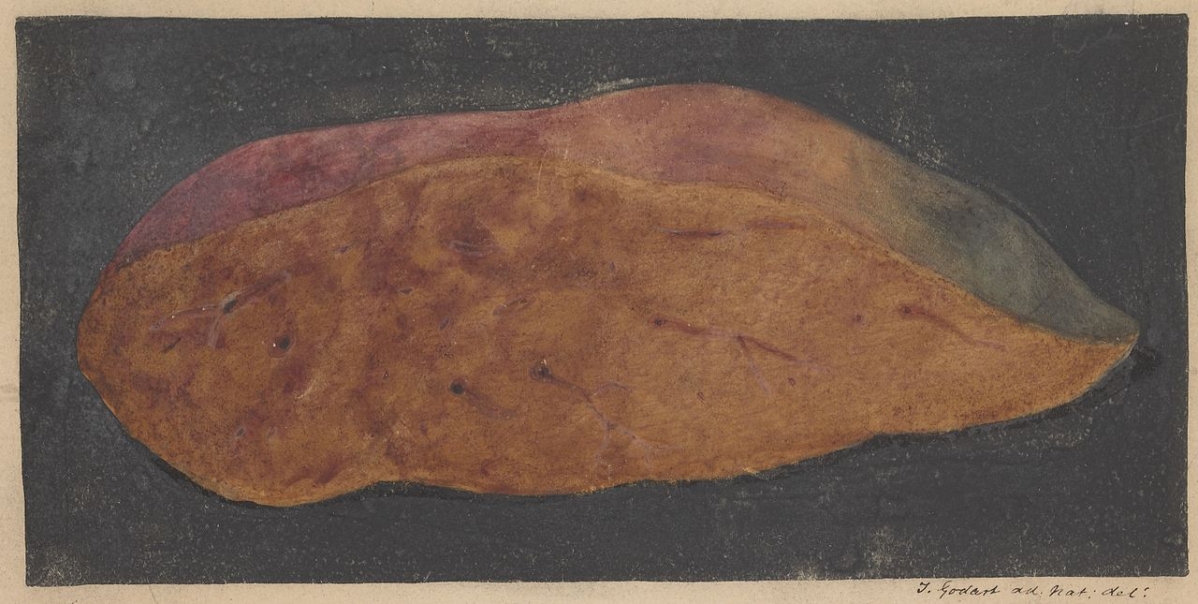
Clinical Characteristics of Acute Yellow Atrophy of the Liver
The condition resembles catarrhal jaundice. Patients usually complain about weight and heaviness in the upper right part of the abdomen. Some of them even feel tenderness or pain. In initial stages patients typically suffer from nausea and vomiting. Vomiting is frequent and hard to control. Some patients may even vomit blood. There is also excruciating headache. The skin changes its color rapidly and eventually reaches a very deep yellow color. Since vomiting leads to loss of fluids and as headache progresses and becomes more intensive patients eventually become delirious. Delirium is at first mild but it can become more severe and some patients additionally develop convulsions and muscular tremor.
Further progression of the disease leads to the following: the mouth and mucous membranes become dry and dark colored, the tongue is covered with a dry brown coat. Even though fever may occur in some patients it is generally not a characteristic of acute yellow atrophy of the liver.
The urine is of a dark color due to presence of bile. It also contains albumin, leucin and tirosin. On the other hand, the absence of bile in the feces makes it grayish or slate-colored.
Diagnosis and Treatment for Acute Yellow Atrophy of the Liver
The diagnosis of acute yellow atrophy of the liver is generally set according to the rapid progression of symptoms and signs while definitive conformation can only be made after pathohistological examination of the liver tissue.
There is no precise treatment for the condition and the treatment is usually symptomatic. The goal is to stabilize the patient and prevent further progression of the disease and damage to other organs in the body. The prognosis is not good and recovery is seen in only a few cases.
- www.cdc.gov/niosh/pel88/118-96.html
- www.cdc.gov/niosh/pgms/worknotify/chloronapth.html
- Photo courtesy of Medical Photographic Library via Wikimedia Commons: commons.wikimedia.org/wiki/File:Liver_from_a_case_of_acute_yellow_atrophy_Wellcome_L0061643.jpg







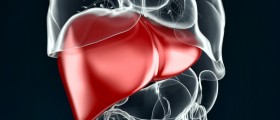

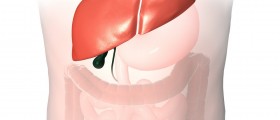


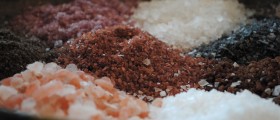
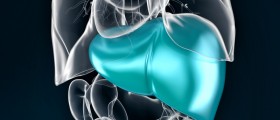
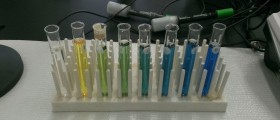


Your thoughts on this
Loading...